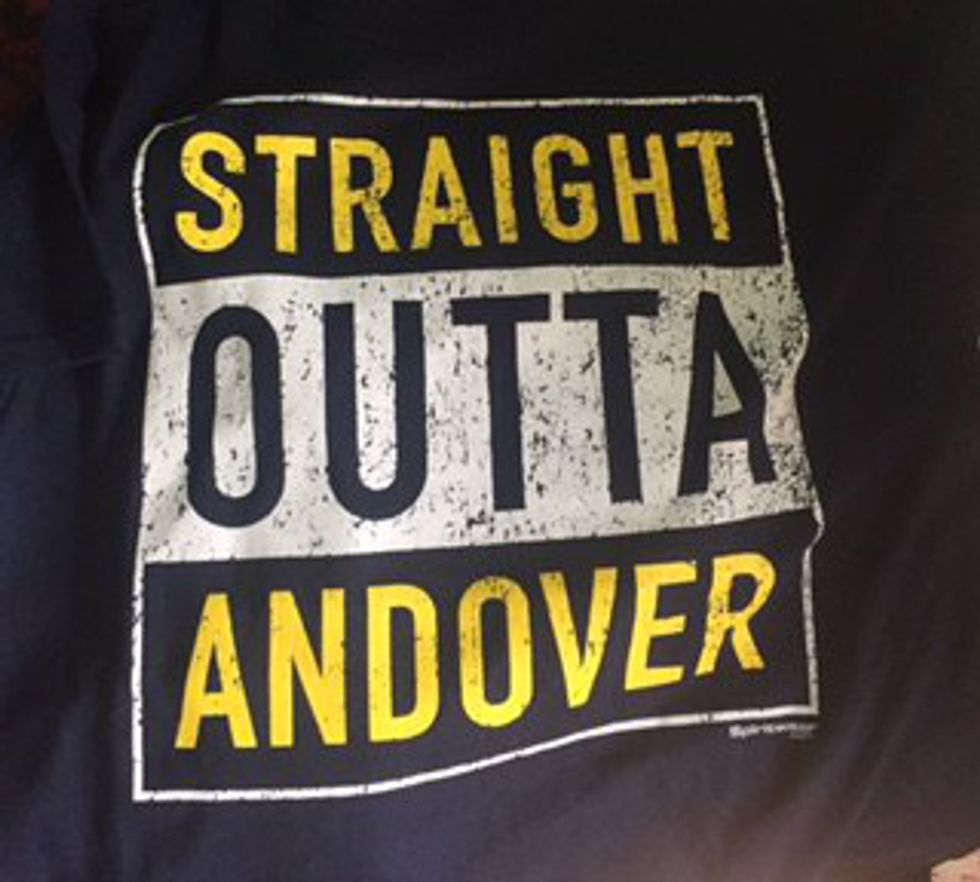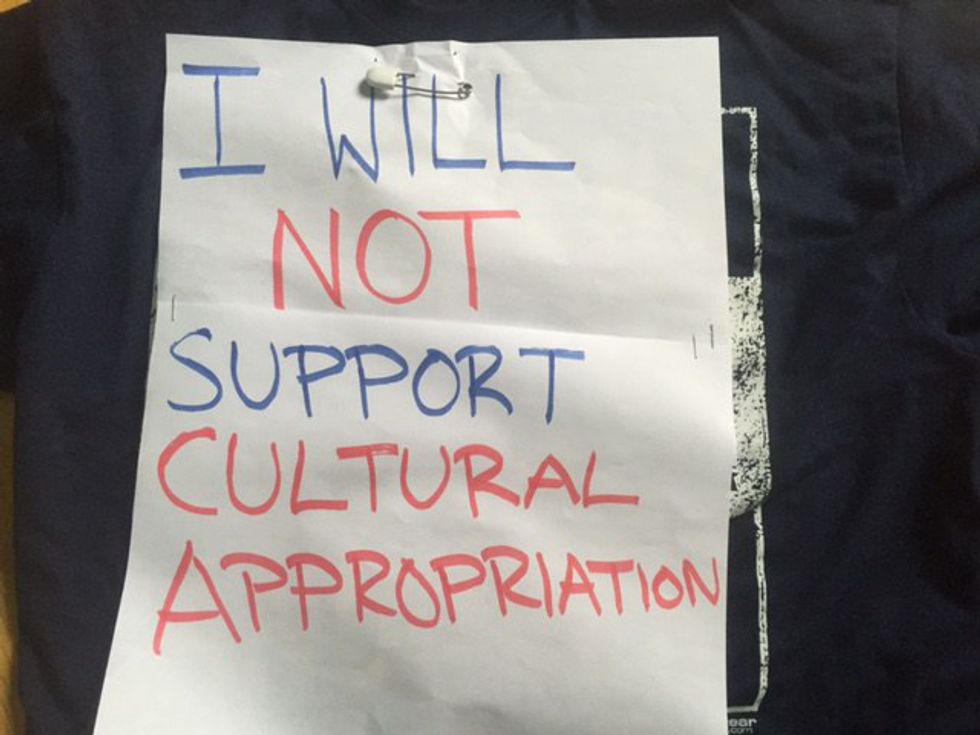A tradition at my school, Andover High School, is for all of the seniors to receive class t-shirts to commemorate their past four years. This past week, all of us rushed to the auditorium, waiting impatiently in line to receive a piece of memorabilia that we could all together wear tomorrow to show our united front. My excitement for the shirt, however, immediately ended when I was handed a navy blue shirt with three words painted in large print:
“Straight Outta Andover.”
Andover, an extremely affluent town located in Massachusetts, is the epitome of the white suburbs we always see in TV shows and movies. So why exactly is Andover deciding to equate itself and its situation to Compton?
This is merely a textbook case of cultural appropriation.
Susan Scafidi, a law professor at Fordham University, defined cultural appropriation as, “Taking intellectual property, traditional knowledge, cultural expressions or artifacts from someone else's culture without permission. This can include unauthorized use of another culture's dance, dress, music, language, folklore, cuisine, traditional medicine, religious symbols, etc. It's most likely to be harmful when the source community is a minority group that has been oppressed or exploited in other ways or when the object of appropriation is particularly sensitive, e.g. sacred objects.”
These senior class t-shirts completely disregard the struggles of Compton citizens. Compton, a primarily African-American town, has struggled with racism and gang violence in the past. Furthermore, unemployment and poverty still strikes the town today. Rather than addressing the problems faced in Compton, people assume that it is funny to undermine African Americans by erasing their struggles.
What is more disturbing is the fact that the administration at Andover High were the ones who created this shirt. Merely watching a movie (that does not represent the modern day Compton, mind you!) does not mean that you know everything, nor have the right to equate yourself to it. An administration should not be teaching children that cultural appropriation does not exist. It does, and these shirts are a physical representation of the ignorance that plagues many white Americans.
Unfortunately, Compton is not merely a special case. Cities throughout America have caused racial and economic problems for not just African-Americans, but other minorities in the United States. Nevertheless, rather than addressing these issues, companies have manipulated it for their own profit through the use of cultural appropriation. During a Victoria’s Secret Fashion show in 2012, Karlie Kloss wore a Native American headdress, insulting many Native Americans by disregarding the cultural and religious meaning behind a headdress. In 2014, the music festival Coachella began promoting the “fashion trend” known as the bindi, which is a traditional south-east Asian mark, also used in the Hindu religion. Many people use African American Vernacular English (AAVE) and have misconstrued AAVE words such as “on fleek,” “slay,” “rachet” and “holla” and have replaced them with different meanings.
Cultural appropriation is real, and still occurs throughout America. Look around, and you will see many of the white population stealing other cultures and white-washing them to relate to them. One of the main reasons this occurs, however, is a lack of knowledge. Usually, many people do not realize when cultural appropriation occurs. Rather than be a part of this problem, educate others.
As for the senior t-shirts, I think I found a way to fix them:


























